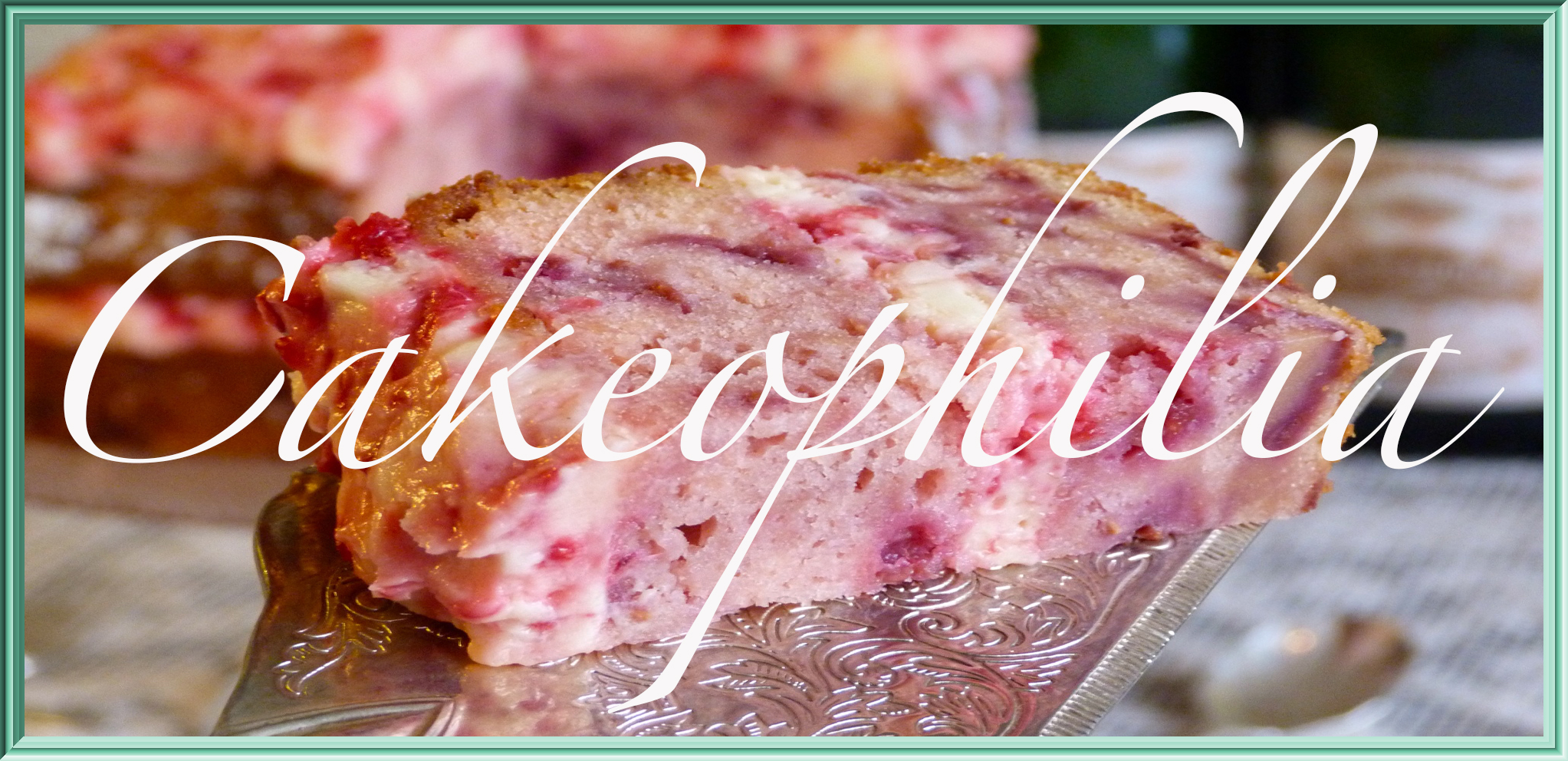So last week I was telling you about how to make a gorgeous gluten free hazelnut cupcakes.
I mentioned that a big cake of this might warrant a bit of a strawberry buttercream effort. What better occasion than a dear friend’s baby shower?
See?
Worth the effort.
The cake above consists of one quantity of the hazelnut cake mixture baked into two 20cm layers, and 3/4 quantity of the mixture baked into two 15 cm layers, sandwiched together with hazelnut cake crumb ganache.
I won’t talk so much about the cakes – save to say that I learned this week the benefits of baking the larger cakes at a lower temperature for a longer time (and my last blog has been updated accordingly!), because the 15cm layers resulted in a catastrophic fall in the centers. Not to worry. When you have a wee cake wreck, it can always be used to your advantage.
 The piping nozzle to use is called a “ribbon” tip. Mine is made by Ateco and is a #9311. The nozzle is about 1cm in diameter. This I fitted into my trusty 18inch piping bag, and half filled it with buttercream. Because the buttercream is relatively heat sensitive, it is important not to have too much in the bag at any one time, otherwise the dregs of the buttercream will be sure to be a soupy mess! We don’t want that!
The piping nozzle to use is called a “ribbon” tip. Mine is made by Ateco and is a #9311. The nozzle is about 1cm in diameter. This I fitted into my trusty 18inch piping bag, and half filled it with buttercream. Because the buttercream is relatively heat sensitive, it is important not to have too much in the bag at any one time, otherwise the dregs of the buttercream will be sure to be a soupy mess! We don’t want that!I have to confess I am quite enamoured with this technique. Not only it is it relatively quick and easy, the sheer french boudoir opulence speaks for itself – little or no embellishment is really needed, which makes this an extremely classy go-to icing technique.
I also like the fact that it kinda belongs to the Bringing Patisserie Back school of cake decoration. Sugarpaste is smooth and pretty, but doesn’t have a great eating quality. Italian buttercream, on the other hand, is all about eating quality. Oh. And pretty. A few cherry blossoms made from flower paste and a little loopy gold ribbon, and we are done!
All the best for the coming of your little one, Emily!
The cake did not hit the floor.
I caught it.
Hooray for me.
As you can imagine, the icing, and some of the handmade cherry blossoms, didn’t exactly exit from this escapade unscathed.
The good news is Italian buttercream is really forgiving. I carefully scraped the cake of all the ruffles, and started again…
Even domestic goddesses have bad days.
xx
Kadri
Italian Buttercream
Makes about 700g – you’ll need most of it for the above cake.
300g sugar
150mL water
150g egg whites
75g sugar, extra
455g unsalted butter, at room temperature, cut into 2cm cubes
1 tsp vanilla essence
2 tbsp freeze dried strawberry powder (or more, to taste)
Combine the sugar and water in a saucepan over heat, allowing the sugar to dissolve. Bring to boil, cook until syrup reaches 116 degrees Celsius on a candy thermometer (also known as the softball stage, but I always use a candy thermometer).
While the syrup is cooking (it takes about 8 minutes), beat the eggwhites in a large bowl (preferably of a stand mixer with a whisk attachment) to aerate, then add extra sugar. Beat until soft peaks form. Be careful not to overbeat.
As soon as sugar syrup reaches correct temperature, remove from heat and add to eggwhites, by pouring a thin stream of syrup down the side of the bowl while the mixer is running on full speed.
Once all the syrup is incorporated, continue to beat the meringue until it is cool and fluffy.
Swap the whisk attachment for a K or paddle attachment, and add the butter, a cube at a time, beating constantly. When all the butter is incorporated, add the flavourings.
If the buttercream seems too grainy or curdled, place the bowl in hot water for about 30 seconds, then beat again, and repeat until buttercream is smooth and silky. If the buttercream is too soupy, refrigerate the mixture for a while and beat again.
The buttercream can be kept refrigerated for a couple of weeks in an airtight container, or frozen for a month. It needs to be gently warmed and re-beaten until smooth before use.



















